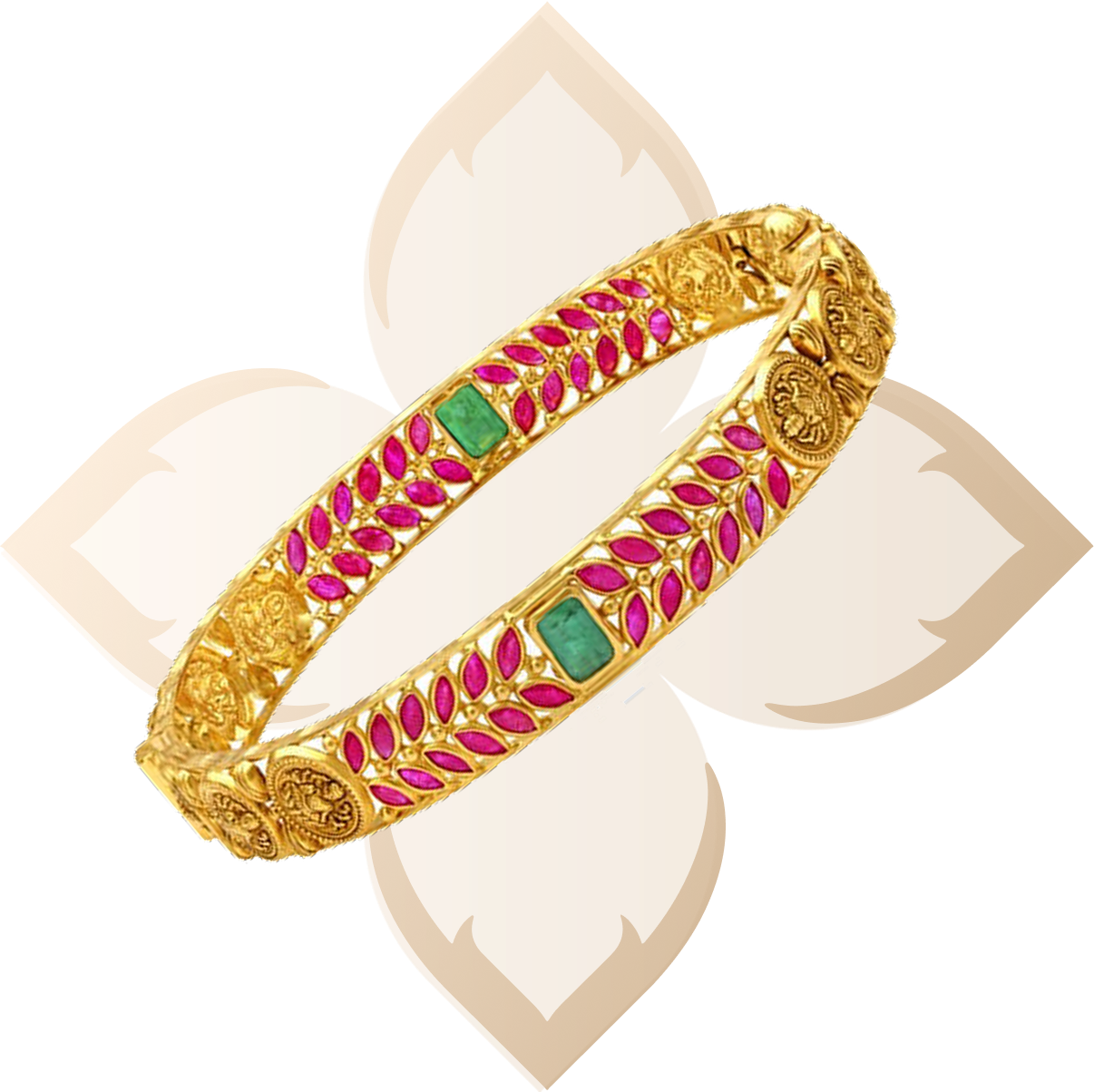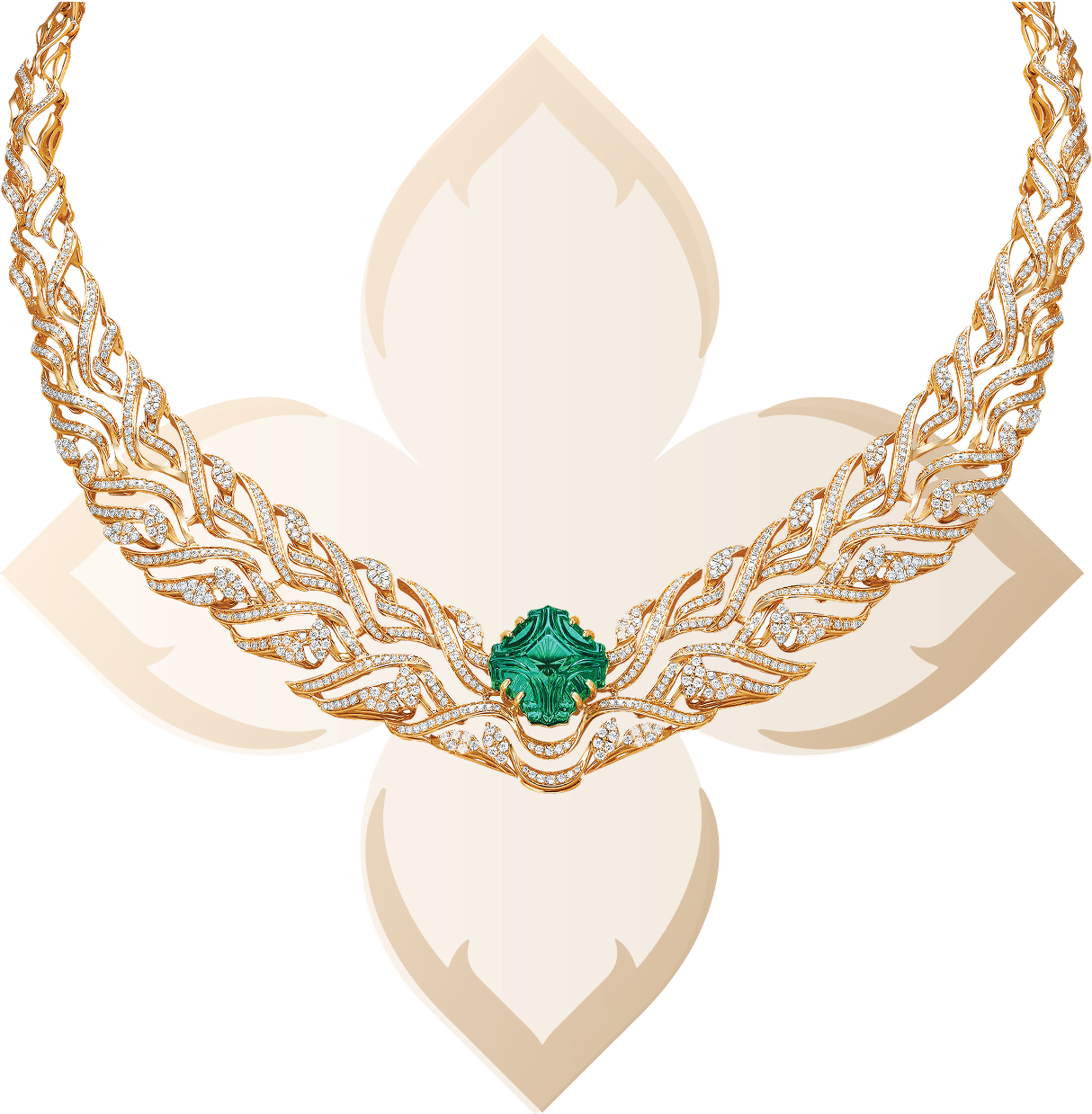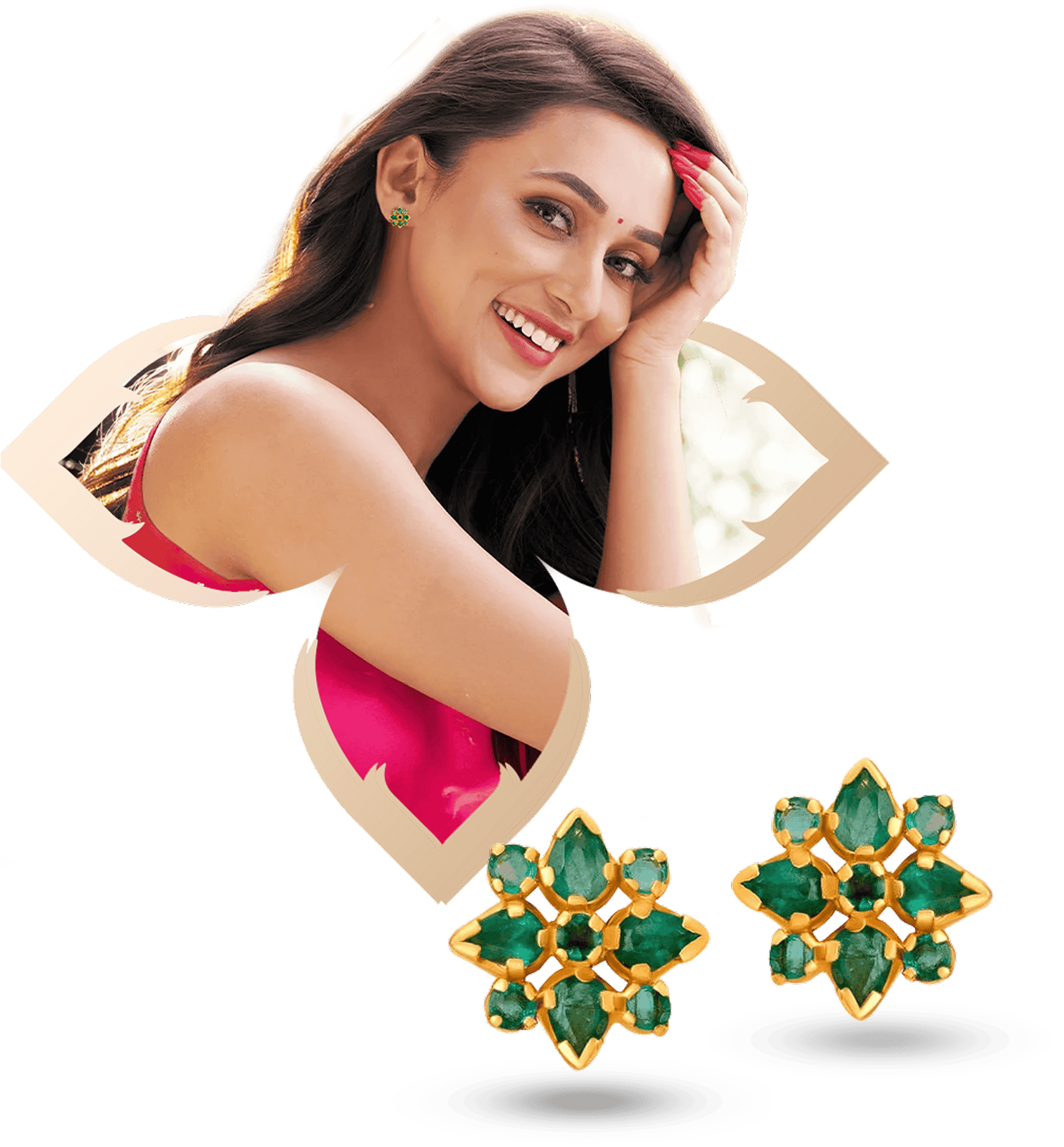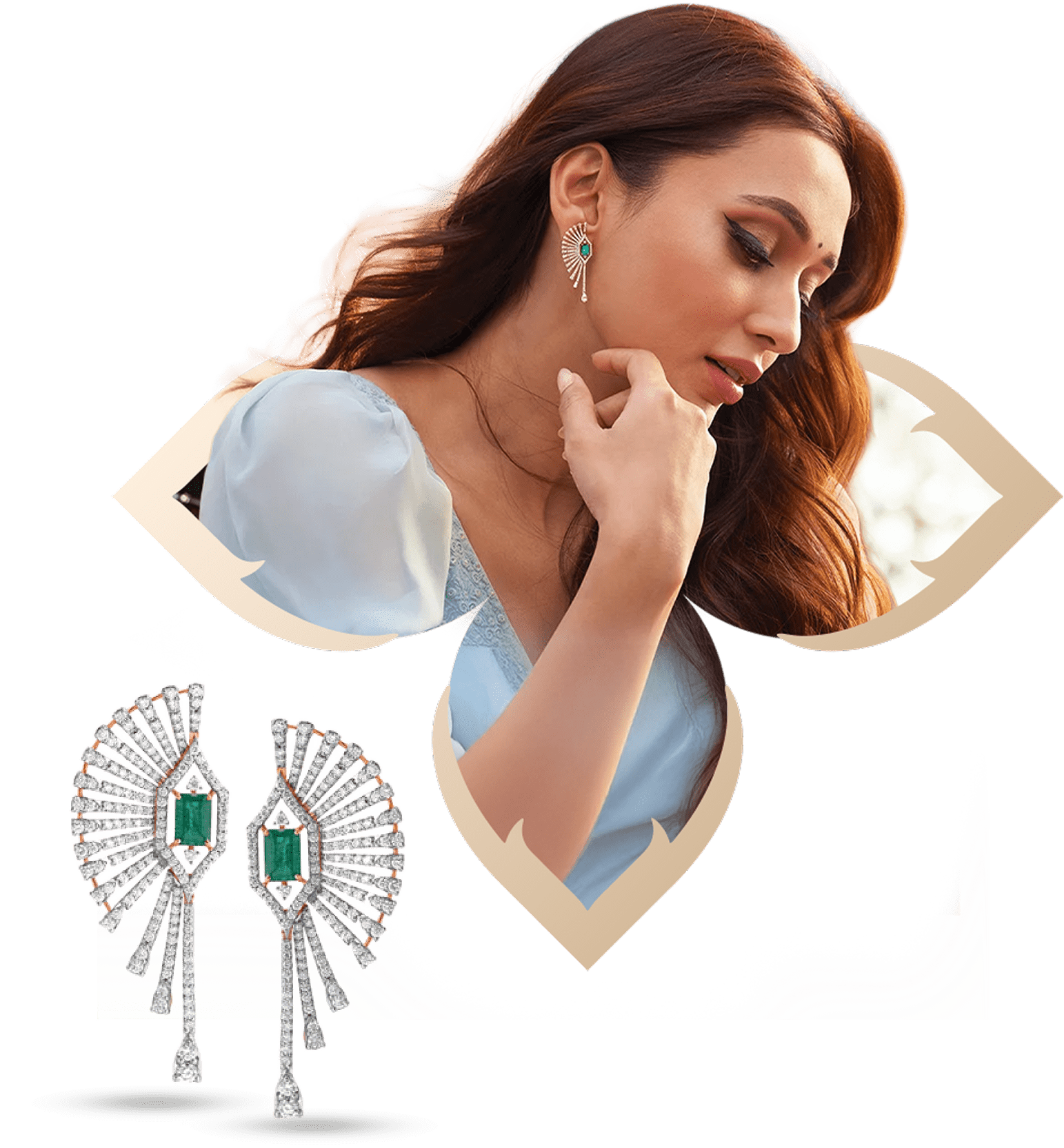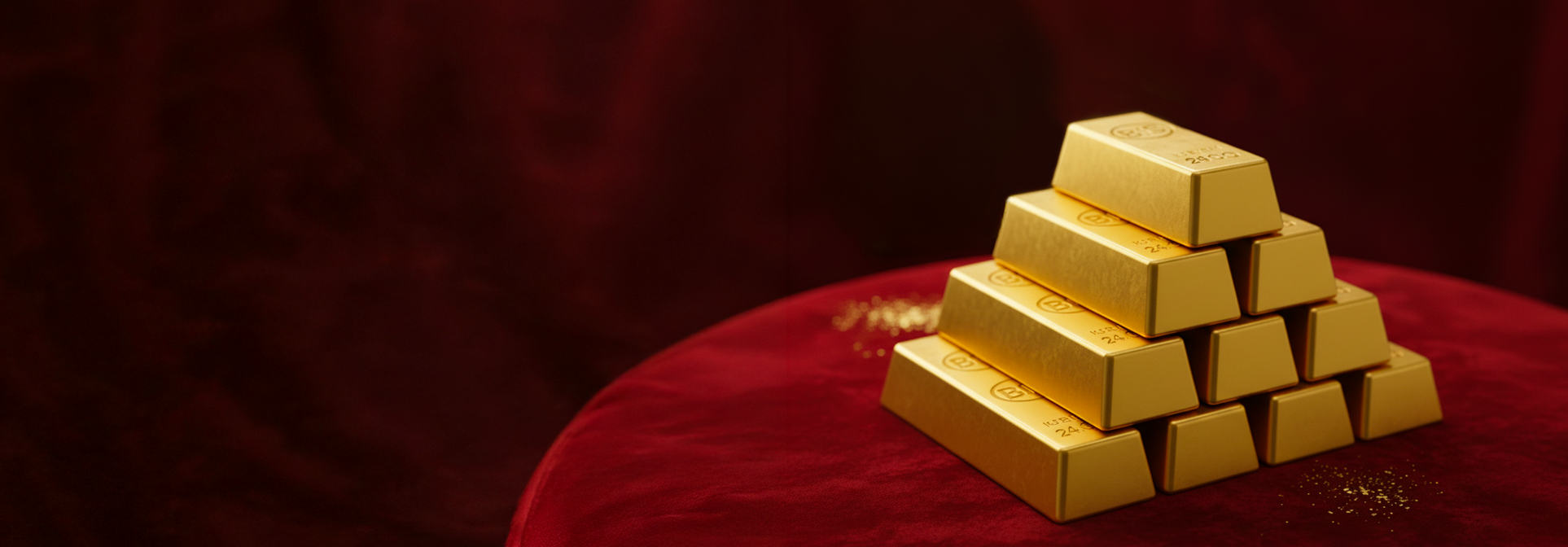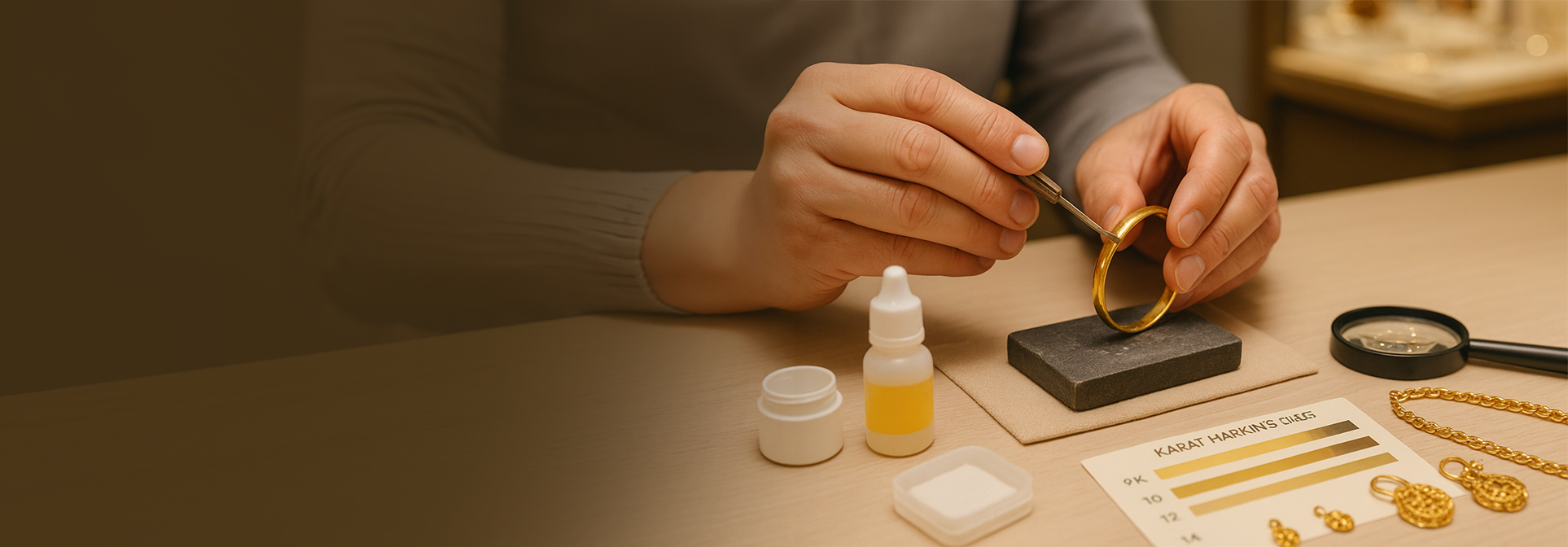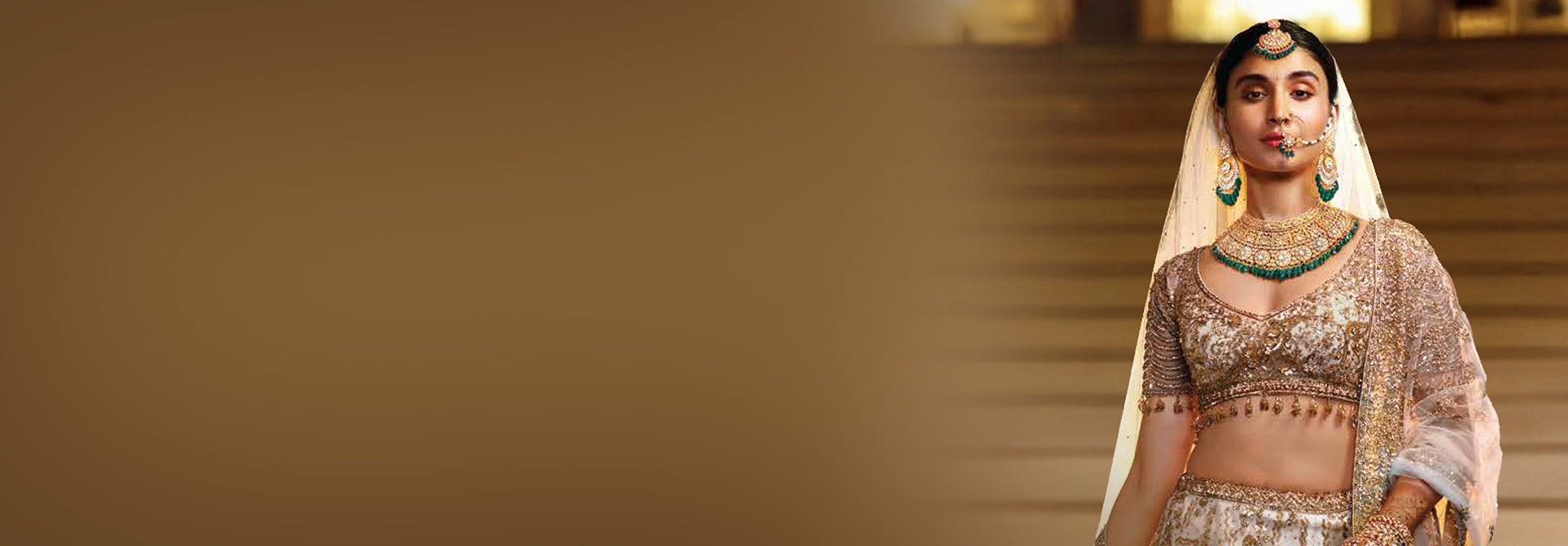Emeralds are known not just for their rarity or brilliance, but for their breathtaking colour, unlike any other gemstone. But here’s something most people don’t realise: emeralds don’t all look the same. The emerald colour spans a wide spectrum from minty bright greens to deep jungle tones.
Understanding these subtle differences can help you choose the perfect stone, whether you’re designing jewellery, investing in a gem, or simply admiring their natural beauty.
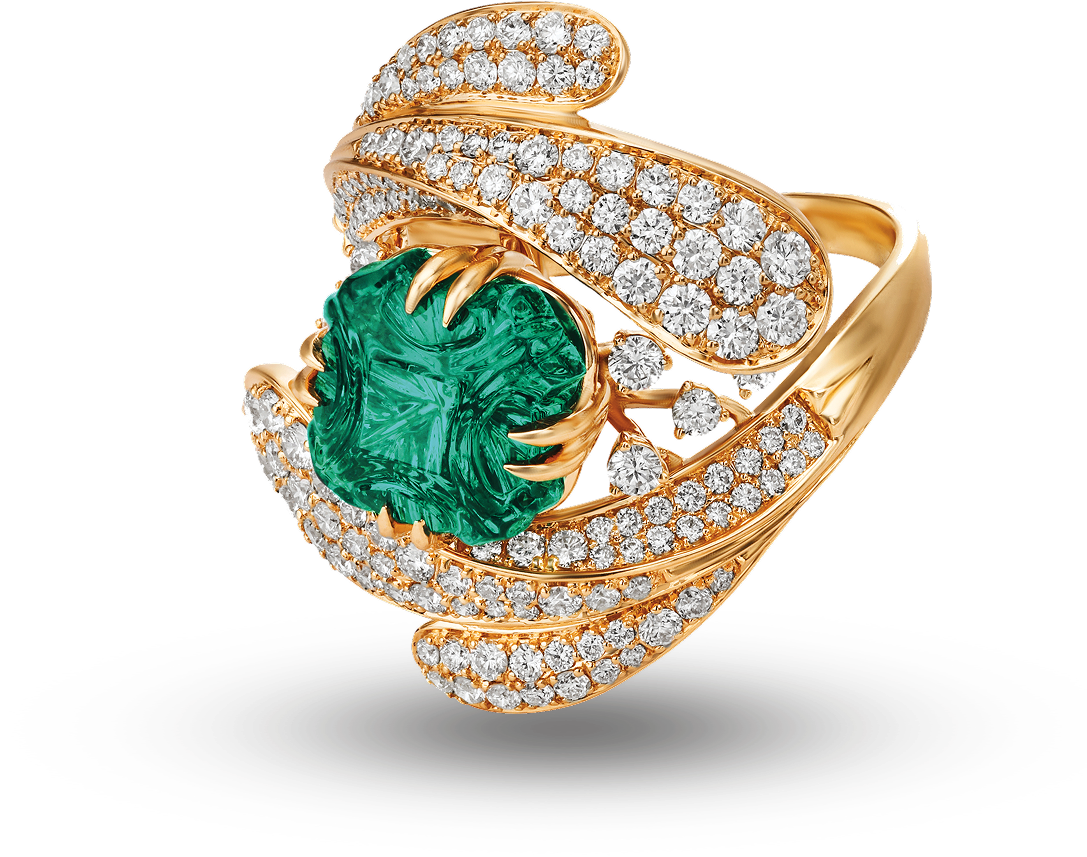
What Color Is Emerald?
The classic emerald green color is a vivid, medium-to-dark green with a slightly bluish tint. This hue, rich and balanced, is considered the benchmark of quality.
But when we ask “what is the color of an emerald?”, we’re really looking at a range, from soft, light greens to intense, dark greens, with subtle shifts caused by the presence of chromium and vanadium in the stone.
Basic Emerald Colors and
What Makes Them Unique:
The green tone in emeralds comes primarily from chromium and vanadium, trace elements that get embedded in the crystal structure of the stone.
- Chromium creates the vibrant green most associated with high-quality emeralds.
- Vanadium can introduce secondary hues, either bluish-green or yellowish-green, depending on the ratio.
- Iron, when present, may result in grayish or brownish undertones, which usually reduce the value of the gem.
These chemical influences explain why no two emeralds are exactly the same in colour, even when cut from the same mine.
Emerald Green Color:
From Light to Dark Shades:
One way to look at emerald colours is by their intensity:
- Light emerald color: Softer, more pastel-like, and often seen in modern or minimal designs. These stones contain less chromium.
- Deep emerald color or jungle green: Darker, richer, and more dramatic, often used in heirloom jewellery. These gems have higher chromium content.
- Mint green: A lighter shade with a bluish undertone, popular in contemporary settings for its fresh and youthful appearance.
Lighting also plays a role: Emeralds look livelier in natural daylight, while artificial light can flatten or alter their perceived hue.
How to Spot Different Emerald Colors
Like Blue-Green and Yellow-Green?
Emeralds are most valued for their vibrant green, but many stones display subtle secondary hues that shape their personality and
appeal. These colour shifts are natural and come from the gemstone’s trace elements and crystal structure.
Here’s a look at the most common as well as the most notable variations:
- Blue-Green Emeralds: Cool and elegant, these emeralds owe their undertones to vanadium or iron. The blue tint adds depth and is often considered a mark of refinement.
- Yellow-Green Emeralds: Warmer and more golden in tone, these stones have higher iron content and offer a lively, approachable charm, especially striking in yellow or rose gold settings.
- Gray or Brown Undertones: These muted tones are less desirable from a value standpoint but can add character. In antique or rustic settings, they create a vintage, earthy aesthetic.
- Mint Green Emeralds: A soft, light green with a gentle bluish undertone. Mint emeralds are modern and fresh, making them perfect for contemporary jewellery designs. Their brightness gives them a youthful, airy feel.
- Cat’s Eye Emeralds: This rare variety exhibits a unique optical effect, a glowing band of light across the surface, resembling a cat’s eye. Caused by parallel inclusions, these stones are rare and highly prized for their distinctiveness.
When choosing an emerald, recognising these subtle differences helps you find one that feels aligned with your style, whether that’s classic, bold, or quietly unique.
Emerald Color Chart:
See the Different Shades:
Here’s a basic emerald color chart to help visualise the variations:
| Emerald Shade | Hue & Tone | Best For |
|---|---|---|
| Classic Emerald Green | Vivid, slightly bluish green | Timeless, high-value jewellery |
| Light Emerald | Bright, soft green | Contemporary pieces, casual wear |
| Jungle Green | Deep, dark saturated green | Heirloom or formal jewellery |
| Blue-Green | Cool-toned, elegant | White gold, minimal settings |
| Yellow-Green | Warm-toned, youthful | Gold or rose-gold pieces |
| Mint Green | Fresh, light green with blue tint | Trendy, feminine styles |
How Color Affects
Emerald’s Value:
Colour is one of the most important factors in determining an emerald’s value. The most prized stones are usually judged by the following parameters:
- Hue: Pure green is ideal. Fewer secondary tones usually mean higher value.
- Saturation: The more intense and vivid the colour, the more desirable the stone.
- Evenness: Stones with consistent colour throughout are rarer and priced accordingly.
- Transparency: Clearer emeralds with vivid colours are top-tier.
While clarity and cut also matter, colour is king when it comes to emeralds. A slightly included but beautifully coloured stone may be worth more than a clear, pale one.
Tips for Choosing
the Best Emerald Color:
When shopping for emeralds, whether it’s diamond wedding earrings, a pendant, or a custom design, here’s what to keep in mind:
- Match your skin tone: Blue-green suits cooler tones; yellow-green complements warmer ones.
- Consider the setting: Rose or yellow gold warms up cooler stones, while platinum sharpens and cools down warm ones.
- Think about your wardrobe: Use an emerald green color combination that blends well with your outfits.
- Lighting: Always assess colour in natural daylight before making a final decision.
Conclusion: Pick the Emerald Color That Suits You Best
Emeralds are anything but one-note. From light emerald color to deep emerald color, every hue tells a different story. The right
shade can elevate your style, complement your wardrobe, and reflect your personal taste.
So next time you’re shopping for a gem, remember: it’s not just about what color are diamonds or rubies. It’s about
understanding the emerald color chart, picking a tone that flatters you, and wearing it like the timeless treasure it is.
Whether you’re drawn to the cool allure of a purple diamond ring or the vivid sparkle of an emerald green stone, there’s a colour
out there waiting to become part of your story.


 GET THE APP
GET THE APP



